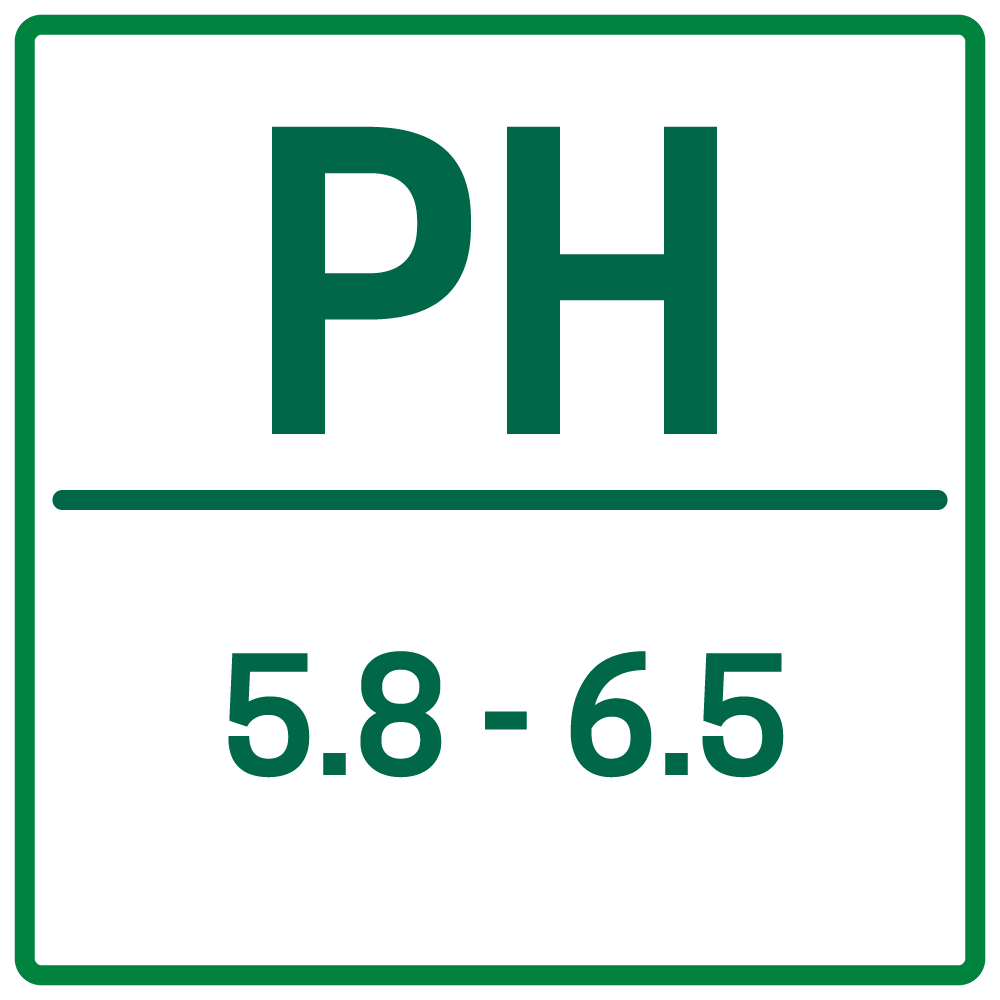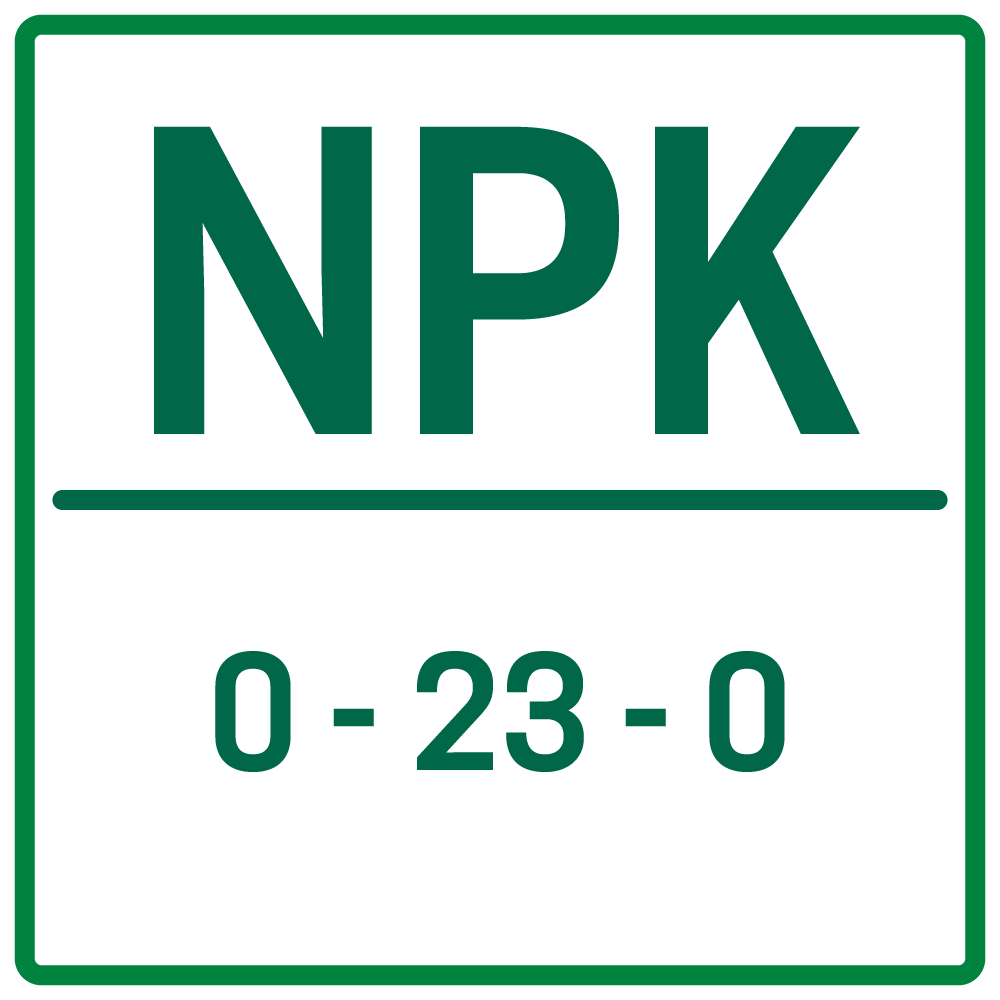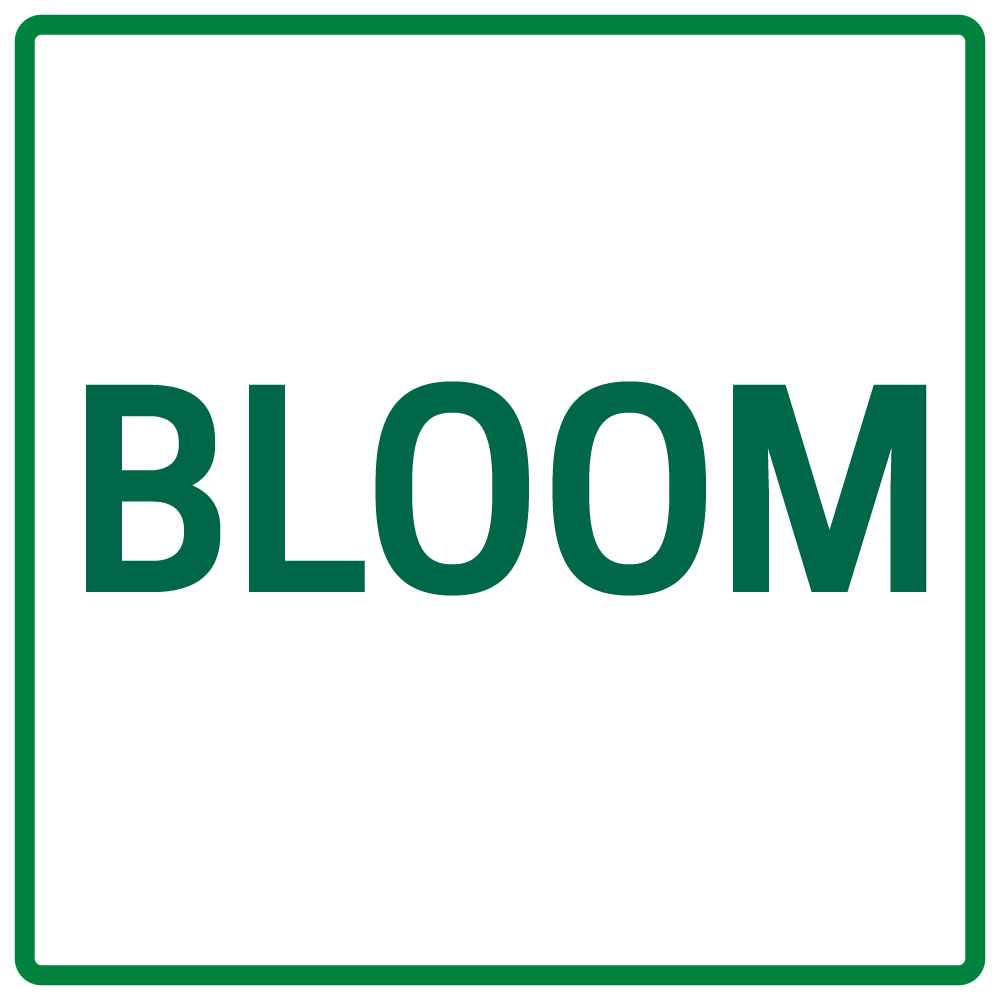pH- Bloom is one of our pH regulators. The importance of keeping a balanced pH during your Bloom phase is essential to a healthy, happy plant.
pH- is designed specifically to reduce the pH level during the Bloom phase. pH- Bloom uses Phosphoric Acid as its main ingredient.
Ph – Bloom

Dosage

NPK

Sizes

Usage Phase
Yes. In Holland, we say: “measuring is knowing”. It is really important to measure the pH and EC, before feeding your plants. Optimal circumstances are when the pH and EC are between 5.8 and 6.5. When the pH is below 5.8 or above 6.5 your plants can become seriously damaged and lose their capability to grow strong and healthy.
It is just as important to measure the EC. When the EC is too low, shortages in nutrition can arise, which damages your plant. When the EC is too high it can lead to poisoning and burning. Both are just as harmful, so always follow the schedule as a guideline.
First of all, measuring for your pH and EC is essential to optimal plant growth. Let’s explain why:
EC, or electro conductivity, will tell you how concentrated the nutrients are in your water or substrate. Which could determine if your plants will suffer deficiencies or suffer from nutrient burn due to too high of a concentrate of nutrients.
pH is a measure of acidity or alkalinity. It can tell you if your plants will be able to absorb the nutrients from the substrate. If the pH is not within a specific range it can cause mineral deposits, root rot, and deficiencies among other things within your plant. The optimal pH range for proper nutrient absorption for water is 5.8-6.5.
The easiest way to explain the difference is by using a cup of tea.
Assume you have a cup of tea with sugar.
Sugar = EC in our example
The temperature of the water = pH
EC will tell you the amount of nutrients there are in your water or in our example, it will tell us how much sugar we have in our cup of tea. The more sugar we pour in, the higher the EC will be, making our tea very sweet.
pH will tell you if your plants will be able to uptake the nutrients from the soil or in our example the temperature of the water will tell us if we can drink the tea without burning our mouth. We check the temperature regularly to save ourselves from a burn or waiting too long and our tea getting cold. Plants can not check their pH like we can check our tea temperature, but that does not mean that they are not sensitive to it. In fact, plants are very sensitive and can only uptake nutrients (comparable to us drinking tea) if the pH is in between a range of 5.8 – 6.5. So, we must make sure to regularly check our plants’ pH to prevent nutrient burns or other issues.
pH is critical to having a great crop. By measuring your pH, growers get to know exactly what their plants need. So if you want the best results, you need to measure the factors that directly affect your results. Soil, you can fluctuate between pH 5.8 – 6.2 just due to the substrate. Hydro/Coco, you should stay on the lower end of that ratio, around pH 5.8, for optimal nutrient absorption.
*It is suggested to let your pH fluctuate occasionally because this allows certain elements to be absorbed slightly better than when the pH stays at a single pH rate.
Dutchpro Nutrients has more than 35+ years of experience in the hydroponics industry. We believe that plants are medicine and should be freely available to everyone that needs it. Unfortunately, other nutrient brands promote the overuse of nutrients, which lowers the quality of the plants that are being grown.
Our founders began in Amsterdam and saw this as an opportunity to give the people what they wanted. They created simple and effective nutrients, without breaking the bank.

pH- Bloom is one of our pH regulators. The importance of keeping a balanced pH during your Bloom phase is essential to a healthy, happy plant.
pH- is designed specifically to reduce the pH level during the Bloom phase. pH- Bloom uses Phosphoric Acid as its main ingredient.
Use pH- Bloom to balance your pH after adding the nutrients only in BLOOM
Keep your pH between 5.8-6.5 to make sure all the elements get taken up by the roots
You only need a couple drops per gallon to lower your pH to the desired levels
It is suggested to let your pH fluctuate occasionally because this allows certain elements tob e absorbed slightly better than when the pH stays at a single pH rate.
pH is critica lto having a great crop. By measuring your pH, growers get to know exactly what their plants need.
Yes. In Holland, we say: “measuring is knowing”. It is really important to measure the pH and EC, before feeding your plants. Optimal circumstances are when the pH and EC are between 5.8 and 6.5. When the pH is below 5.8 or above 6.5 your plants can become seriously damaged and lose their capability to grow strong and healthy.
It is just as important to measure the EC. When the EC is too low, shortages in nutrition can arise, which damages your plant. When the EC is too high it can lead to poisoning and burning. Both are just as harmful, so always follow the schedule as a guideline.
Yes. In Holland, we say: “measuring is knowing”. It is really important to measure the pH and EC, before feeding your plants. Optimal circumstances are when the pH and EC are between 5.8 and 6.5. When the pH is below 5.8 or above 6.5 your plants can become seriously damaged and lose their capability to grow strong and healthy.
It is just as important to measure the EC. When the EC is too low, shortages in nutrition can arise, which damages your plant. When the EC is too high it can lead to poisoning and burning. Both are just as harmful, so always follow the schedule as a guideline.
What is an easy way to explain pH and EC?
First of all, measuring for your pH and EC is essential to optimal plant growth. Let’s explain why:
EC, or electro conductivity, will tell you how concentrated the nutrients are in your water or substrate. Which could determine if your plants will suffer deficiencies or suffer from nutrient burn due to too high of a concentrate of nutrients.
pH is a measure of acidity or alkalinity. It can tell you if your plants will be able to absorb the nutrients from the substrate. If the pH is not within a specific range it can cause mineral deposits, root rot, and deficiencies among other things within your plant. The optimal pH range for proper nutrient absorption for water is 5.8-6.5.
The easiest way to explain the difference is by using a cup of tea.
Assume you have a cup of tea with sugar.
Sugar = EC in our example
The temperature of the water = pH
EC will tell you the amount of nutrients there are in your water or in our example, it will tell us how much sugar we have in our cup of tea. The more sugar we pour in, the higher the EC will be, making our tea very sweet.
pH will tell you if your plants will be able to uptake the nutrients from the soil or in our example the temperature of the water will tell us if we can drink the tea without burning our mouth. We check the temperature regularly to save ourselves from a burn or waiting too long and our tea getting cold. Plants can not check their pH like we can check our tea temperature, but that does not mean that they are not sensitive to it. In fact, plants are very sensitive and can only uptake nutrients (comparable to us drinking tea) if the pH is in between a range of 5.8 – 6.5. So, we must make sure to regularly check our plants’ pH to prevent nutrient burns or other issues.
pH is critical to having a great crop. By measuring your pH, growers get to know exactly what their plants need. So if you want the best results, you need to measure the factors that directly affect your results. Soil, you can fluctuate between pH 5.8 – 6.2 just due to the substrate. Hydro/Coco, you should stay on the lower end of that ratio, around pH 5.8, for optimal nutrient absorption.
*It is suggested to let your pH fluctuate occasionally because this allows certain elements to be absorbed slightly better than when the pH stays at a single pH rate.
Dutchpro Nutrients has more than 35+ years of experience in the hydroponics industry. We believe that plants are medicine and should be freely available to everyone that needs it. Unfortunately, other nutrient brands promote the overuse of nutrients, which lowers the quality of the plants that are being grown.
Our founders began in Amsterdam and saw this as an opportunity to give the people what they wanted. They created simple and effective nutrients, without breaking the bank.